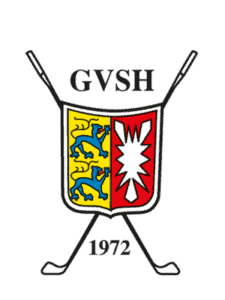Groundwater, in many cases the only or primary source of irrigation on German golf courses, is dwindling. This is the result of a recent study by BUND, which points to groundwater stress in 201 of 401 districts and cities in Germany. ForArno-Malte Uhlig, President of the Bavarian Golf Association, it is therefore clear. “Data on water consumption is crucial for us in order to present the golf industry as a responsible player in water management.”
Strong participation in survey
The Bavarian Golf Association now has this data: 78 of a total of 183 BGV members with 200 golf courses have provided the association with their water consumption data for 2024, which is not published by the BGV. However, they mean that the association is able to speak to the authorities when it comes to the water consumption of Bavarian golf clubs. In principle, the golf associations are contacted when new regulations arise “We were also contacted and asked for a statement as part of the reform of the Bavarian Water Act,” says Heidrun Klump, Managing Director.
Data knowledge provides more influence
However, collecting data on a digital basis was not easy. An initial resolution at the 2024 General Assembly resulted in just ten percent participation by the clubs. It was not until 2025 that a “fire letter” from the president, which pointed out the urgency of data collection for the golf industry, led to greater understanding: “I think the property tax issue helped us here,” says Uhlig. After numerous golf courses failed to deal with the tax issue at an early stage and were subsequently surprised by high tax assessments in 2024, there is now a greater understanding that the golf industry can proactively influence legislation with data and information.
Positive assessment of the result
“Better than expected” is also the result of the data analysis, Klump and Uhlig agree. “There are only a few golf courses that still draw water from the public mains.” The Bavarian Golf Association was able to carry out this analysis after setting up the digital survey tool in a very differentiated way. The regional differentiation between golf courses was particularly important to those responsible. The amount of precipitation in Franconia and the Upper Palatinate is very different to that in Chiemgau, for example, which is why the irrigation quantities differ accordingly.
Convenient processing via Punctus
With the figures in hand, the focus is now also on an increased exchange of experience and knowledge between the clubs and an annual comparison of the data. As the majority of golf courses have not anonymized their data, they now have the opportunity to track their own development and also obtain comparisons with industry values as part of benchmarking.
Following this initial success in terms of data collection, the Bavarian Golf Association is already planning further steps. “Data collection and analysis will be even easier because we can process it directly via our partner Punctus,” says Klump, giving an outlook. In view of the fact that many courses use Punctus software in greenkeeping anyway, the process will be simpler. “And gradually, we also want to use the system for data on fertilizers, fungicides and pesticides in the future. But as I said, in small steps so as not to overburden the golf courses.
More clarity for the clubs
The latter have already benefited from the initial data analysis: In view of the extensive list of questions, which was drawn up with the support of the DGV and others, they now have a clear inventory of their water consumption. A first step towards building resilience for periods of drought when it comes to water.
INSERT_STEADY_NEWSLETTER_SIGNUP_HERE







